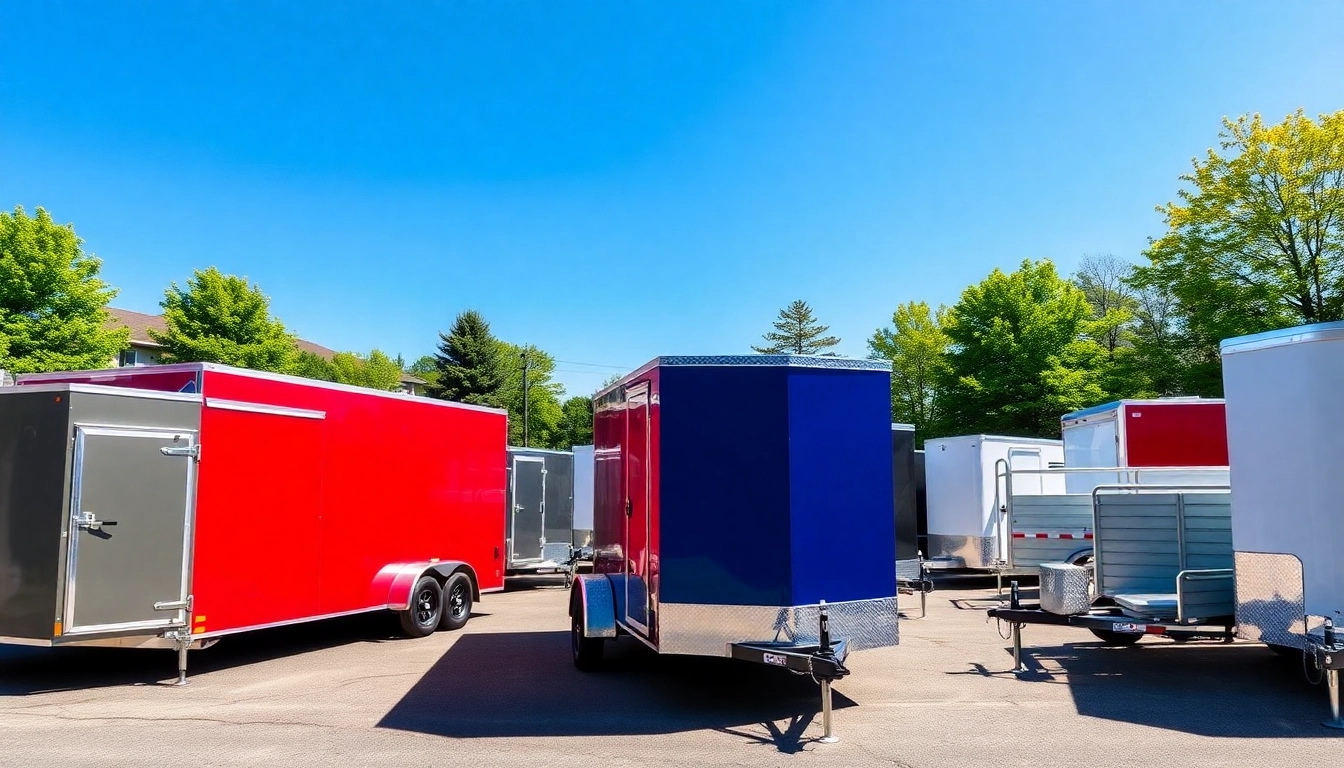Introduction to Charge Pipes
Definition and Functionality
A charge pipe is a crucial component in automotive systems, particularly renowned for its role in turbocharged engines. Essentially, the charge pipe is responsible for transporting compressed air from the turbocharger to the engine’s intake manifold. It is designed to handle high pressure and temperature, ensuring that the air flow remains efficient and uninterrupted. This transport of compressed air is vital for the engine’s performance, as it significantly influences the amount of oxygen available for combustion.
Importance in Turbocharged Engines
Turbocharged engines have surged in popularity due to their ability to deliver enhanced performance while maintaining better fuel efficiency compared to naturally aspirated engines. In such engines, the charge pipe’s role becomes even more critical. It must deliver compressed air rapidly and reliably, as any delay can result in turbo lag, where the turbocharger takes longer to spool up. Consequently, an efficient charge pipe contributes not only to acceleration and power delivery but also to overall engine responsiveness.
Basic Components Involved
Understanding the construction of a charge pipe can help elucidate its function. A typical charge pipe assembly comprises:
- Pipes: Usually made of aluminum or high-grade plastic, these pipes are designed to withstand the heat and pressure of forced induction.
- Couplers: These rubber or silicone connections join various segments of the charge pipe together and to the turbocharger and intake manifold.
- Blow-off valves: Included in some systems, these prevent pressure build-up when the throttle is closed, releasing excess pressure to maintain engine efficiency.
What Does Charge Pipe Do?
Enhancing Airflow Efficiency
The primary role of a charge pipe is to enhance the airflow efficiency between the turbocharger and the engine. By allowing the compressed air to flow smoothly without any obstruction, it ensures that the engine receives an adequate amount of intake air. An improved charge pipe design can reduce bends and turns, which can create turbulence and impede airflow. For high-performance applications, some enthusiasts choose to upgrade to larger diameter pipes to further enhance this airflow, ultimately leading to increased horsepower and torque.
Managing Turbo Lag
Turbo lag is a well-known phenomenon that occurs when there’s a delay in the throttle response due to the time taken for the turbocharger to spool up. An efficient charge pipe system can reduce turbo lag by facilitating better and quicker airflow to the engine, allowing it to respond to acceleration inputs almost instantaneously. This rapid delivery of air can make a noticeable difference in real-world driving conditions, enhancing the overall driving experience.
Impact on Engine Performance
The overall impact of a charge pipe on engine performance cannot be understated. By ensuring that the engine receives the right quantity and quality of air, a charge pipe can contribute to better combustion efficiency, improved throttle response, and enhanced power output. Moreover, by optimizing the airflow characteristics, a good charge pipe design can also improve engine reliability, as it decreases the likelihood of excess pressure build-up or overheating.
Installing a Charge Pipe
Tools Required for Installation
Installing a charge pipe can be a gratifying DIY project, provided you have the right tools on hand. Here’s a brief list of essential tools you will need:
- Socket set (including extensions)
- Screwdrivers (flathead and Phillips)
- Torque wrench
- Pliers
- Heat-resistant silicone couplers
- Vacuum cleaner or compressed air for cleaning
Step-by-Step Installation Guide
The installation process can vary depending on the vehicle, but the following steps outline a general procedure:
- Preparation: Ensure the engine is cool and disconnect the battery to avoid any electrical issues.
- Remove the Old Charge Pipe: Locate the existing charge pipe and carefully disconnect it from both the turbocharger and the intake manifold. Take note of how it is mounted for easier reinstallation.
- Install the New Charge Pipe: Position the new charge pipe where the old one was located. Make sure all connections align with the turbo and manifold.
- Secure Couplers: Attach any couplers required and tighten clamps securely. Ensure there are no leaks by checking the seals.
- Reconnect Electrical Components: If there are any sensors or electrical components involved, reattach them at this stage.
- Final Checks: Verify that all bolts and clamps are secure, reconnect the battery, and conduct a brief test drive to ensure everything works properly.
Common Mistakes to Avoid
When installing a charge pipe, certain common pitfalls can be easily avoided:
- Inadequate Sealing: Failing to secure couplers and clamps can lead to air leaks, significantly diminishing performance.
- Neglecting to Clean: Dirt and debris can enter the engine, so ensuring that all connections and surfaces are clean before installation is critical.
- Mismatched Components: Ensure that the charge pipe is compatible with your vehicle’s make and model to avoid complications during installation.
Performance Metrics
Measuring Performance Gains
Performance gains from installing a charge pipe can be quantified in several ways. The most straightforward approach is to utilize a dynamometer to measure horsepower and torque before and after installation. Additionally, monitoring turbo spooling time, throttle response, and overall driving experience can provide qualitative data on performance improvement. Many enthusiasts report a noticeable increase in power and responsiveness after upgrading their charge pipe.
Post-Installation Adjustments
After installation, some minor adjustments may be necessary to optimize performance fully. This can include recalibrating the engine’s air-fuel mixture, especially if the vehicle has been outfitted with additional performance parts. Utilizing a tuning system can provide insights into how to make these adjustments effectively.
Long-term Maintenance Considerations
Maintaining a charge pipe is relatively straightforward, but it can have significant long-term benefits. Regularly check for wear and tear, especially in rubber couplers that can degrade over time under high heat and pressure. Additionally, periodic inspections for any signs of leaks or loose connections can prevent major issues down the line. Keeping a log of maintenance checks can also help in tracking performance and recognizing any deviations from optimal function.
Conclusion
Summary of Key Benefits
In summary, understanding what does charge pipe do is essential for any automotive enthusiast, especially those with turbocharged vehicles. The charge pipe plays a fundamental role in enhancing airflow efficiency, managing turbo lag, and improving overall engine performance through optimized air delivery.
Future Trends in Charge Pipe Technology
The automotive industry is continuously evolving, and charge pipe technology is no exception. Future trends are likely to incorporate advanced materials that provide lighter, stronger, and more heat-resistant options. Additionally, the integration of smart sensors to monitor charge pipe performance in real-time could become standard, offering drivers valuable insights into their engine’s efficiency.
Final Thoughts on Engine Performance Optimization
As vehicles become more performance-oriented, optimizing every component, including the charge pipe, will be crucial in achieving desired outcomes. By investing in high-quality charge pipe systems and caring for their maintenance, automotive aficionados can enjoy improved engine performance and enhanced driving pleasure.




